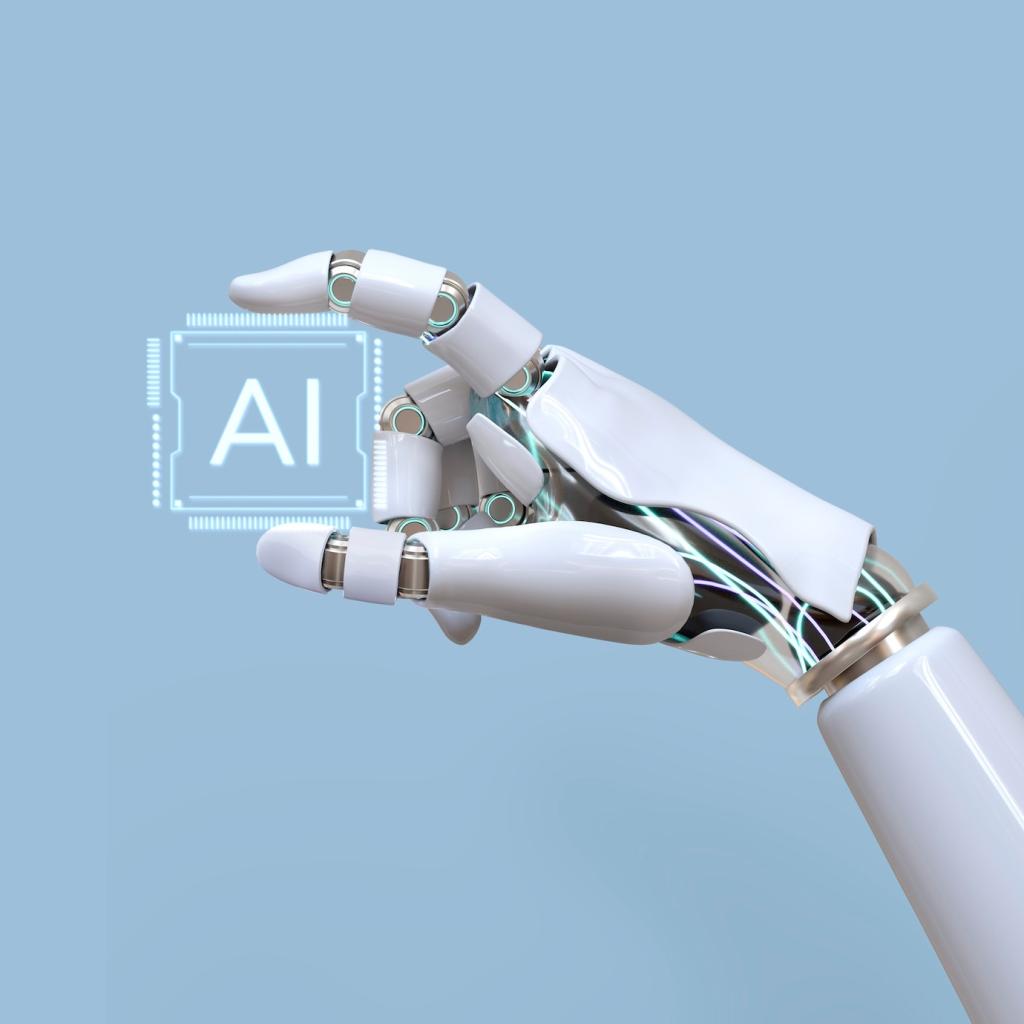Artificial intelligence (AI) is rapidly transforming the landscape of green technology, providing powerful tools to address some of the world’s most pressing environmental challenges. By analyzing vast datasets, optimizing resource use, and enabling the creation of innovative solutions, AI is catalyzing progress toward a sustainable, low-carbon future. This page explores the multifaceted ways in which AI is propelling green technology development, enhancing environmental monitoring, improving energy efficiency, and supporting sustainable industry practices.
AI-Driven Environmental Monitoring
With the proliferation of satellite imagery and sensor networks, environmental monitoring has generated an overwhelming volume of data. AI algorithms can analyze this data at scale, detecting changes in land use, forest coverage, and water quality with unprecedented accuracy. This capability not only provides early warnings about deforestation, pollution, and climate-related disasters but also supports global efforts such as forest conservation and marine protection. By continuously learning from new data, AI-driven monitoring systems can adapt to changing conditions, ensuring that environmental interventions are targeted and effective.
Smart Grid Management
The shift toward renewable energy introduces complexity into the management of electricity grids, due to the variability of sources like wind and solar. AI enhances grid operations by predicting energy demand, balancing supply from diverse resources, and automating decision-making processes. These smart grid systems ensure a stable electricity supply, minimize waste, and increase the integration capacity of renewables. By continually learning from fluctuations and incorporating new data, AI-driven grids are crucial for achieving energy reliability in a sustainable energy landscape.
Forecasting Renewable Energy Output
Accurate forecasts are essential for effective renewable energy integration. Solar and wind power generation can be highly variable, influenced by weather conditions and time of day. AI employs advanced machine learning models to predict energy output from these sources in real time, considering historical data, meteorological forecasts, and equipment performance. These predictions enable operators to schedule maintenance, optimize storage usage, and coordinate with demand-response programs, ultimately enhancing the predictability and economic viability of renewable projects.
Optimizing Energy Storage Solutions
Energy storage is fundamental for maintaining a steady supply of renewable power, as it bridges the gap between generation and demand. AI facilitates the optimization of battery systems and other storage technologies by analyzing usage patterns, predicting charge and discharge cycles, and efficiently allocating resources based on projected needs. This intelligent management maximizes the lifespan and capacity of storage infrastructure, reduces costs, and supports grid stability, bringing us closer to a future where renewables play an even more predominant role in energy supply.
Previous slide
Next slide

Enhancing Sustainable Industry Practices

Industrial operations generate significant waste and consume vast amounts of resources. AI-driven analytics and control systems can identify inefficiencies, dynamically adjust processes, and recommend improvements that minimize energy use, raw material inputs, and emissions. Through continuous monitoring and feedback, factories can reduce excess production, recycle by-products, and optimize logistics. These improvements not only cut environmental impact but also drive economic savings, proving that sustainability and profitability can go hand in hand.
